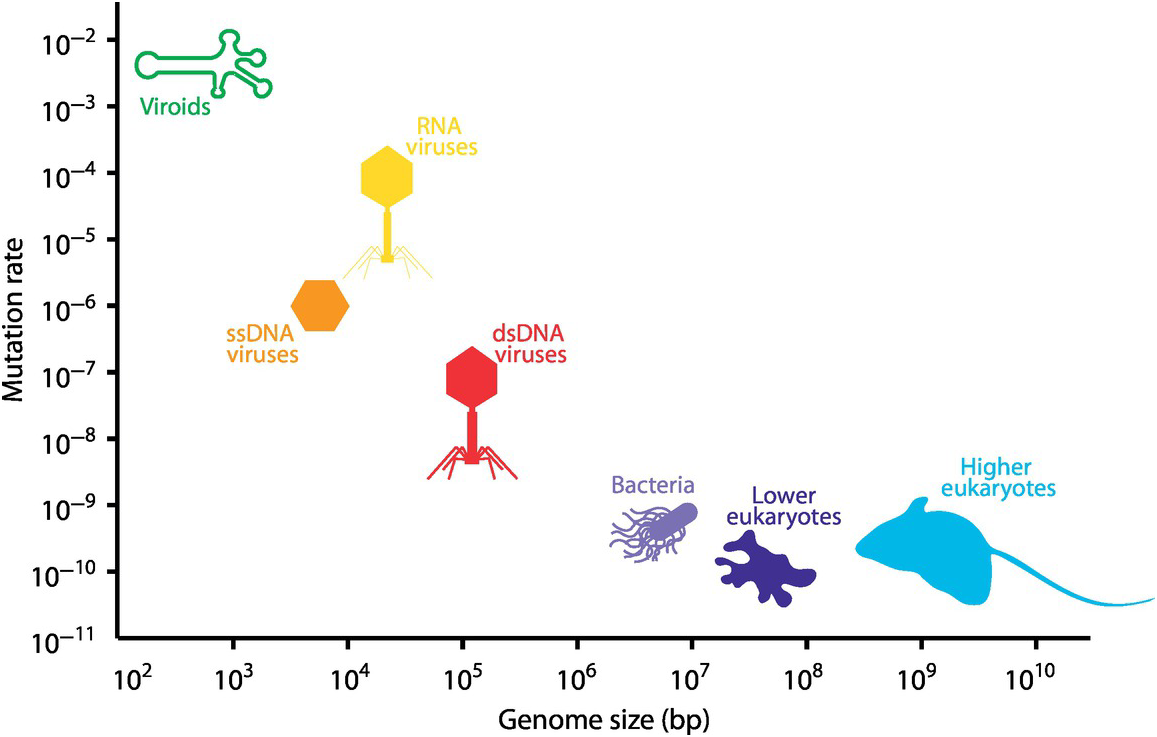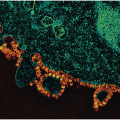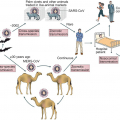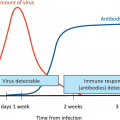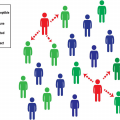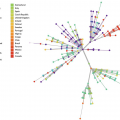Abstract
Theodosius Dobzhansky’s essay, “Nothing in Biology Makes Sense Except in the Light of Evolution,” reflects on how evolution gives a powerful perspective to biological phenomena, able to integrate disparate pieces of information into coherent narratives. Biology can be messy, with many organisms, cell types, parts, and data. The recent revolution in genomic technology has generated a deluge of data that, correctly interpreted, can illuminate the relationship between and the ancestry of different organisms, the mechanisms that give rise to variability, and how this variability enables organisms to adapt to new environments.
People have always asked whether evolution is constantly driving onwards and upwards. Is there always going to be improvement? The answer is no: evolution is a progression of form and function, but it is not purposeful.
Theodosius Dobzhansky’s essay, “Nothing in Biology Makes Sense Except in the Light of Evolution,” reflects on how evolution gives a powerful perspective to biological phenomena, able to integrate disparate pieces of information into coherent narratives. Biology can be messy, with many organisms, cell types, parts, and data. The recent revolution in genomic technology has generated a deluge of data that, correctly interpreted, can illuminate the relationship between and the ancestry of different organisms, the mechanisms that give rise to variability, and how this variability enables organisms to adapt to new environments.
Viruses are not an exception. They keep their genomic information in their core and a significant fraction of their genes and proteins serve to maintain and propagate this genomic information. A virus, like a coronavirus, can create tens of thousands of copies once it infects a cell. These copies, although very similar, present small variations that can affect the ability of the virus to propagate. Viruses that, by chance and due to the large number of these mutations, are able to acquire the ability to infect a new host and successfully establish themselves in a new species become extremely successful in creating multitudes of copies that will continue the expansion of their viral descendants.
Explaining how coronaviruses change, and how they exchange genomic material, is the main goal of this chapter. Coronaviruses evolve in two ways. First, they can accumulate mutations – changes in a single letter of the RNA – that can create small variations in their proteins. But, coronaviruses can also change in a different way. They can exchange genetic information with other coronaviruses in a process called recombination. When two viruses enter the same cell, it is possible to generate a new virus with a mosaic genome containing parts from both of them. This process allows a coronavirus to rapidly acquire the ability of another virus by acquiring part of its genomic material.
In this chapter, I explain how viruses change and through what mechanisms. I explain that viruses acquire new variations at great speed compared to cellular organisms such as humans. This rapid evolution can be tracked by reading the genomes of viruses, allowing us to infer how viruses propagate in a population and how they acquire new abilities.
What Is a Mutation?
A mutation is a change in the genome of a biological entity. Mutations are pervasive in viruses. The most common mutations are substitutions or point mutations – the change of one base for another in a particular position of the genome (Figure 4.1). Many of these changes do not affect the virus. Many other mutations can be detrimental, and make the virus less able to compete with other viruses in infecting a new cell. A deleterious change in the spike protein (the point of entry) can preclude the virus from entering a cell, and so it will perish without being able to replicate. A deleterious change in the RNA polymerase can also make a virus unable to replicate, even if it infects a cell. However, and rarely, some mutations can enable a virus to out-compete its relatives. For instance, if a virus gains the ability to elude the detection of the host’s immune system, it will be able to replicate in large numbers and most of its progeny will inherit this ability.
Figure 4.1 Mutations in genomes. Genomes can be perceived as long texts containing fours letters (A,C,G, and T in the case of DNA; or A,C,G, and U in the case of RNA). The genome of a coronavirus is around 30,000 letters long, whereas the human genome is 3.3 billion letters long. When organisms – including viruses – replicate, they pass this genomic information to their descendants. However, the replication is sometimes faulty, introducing errors that are called mutations. There are many types of mutations. One of the most common ones is when one of the letters changes into another, which is called a substitution or point mutation. In this illustration a U changes to a G. RNA viruses have one of the highest error rates, which can be one change every replication. Human cells have developed an enormous molecular machinery to identify and correct potential mistakes in copying genomic information, which viruses lack.
Viruses, in particular RNA viruses such as the coronaviruses, acquire mutations at a very high rate that accumulate over time.1 For instance, the estimated number of mutations per year (or evolutionary rate) of the SARS-CoV-2 virus is around 20, or approximately one mutation every couple of weeks. This is very similar to what has been found in other coronaviruses and RNA viruses in general. How these numbers translate into the number of mutations occurring per infection depends on how much time there is between an infection and a transmission from the newly infected person. If, for instance, a person infected with a coronavirus becomes infectious after a week, we can estimate that there will be one mutation every couple of infections. This is an interestingly high rate of mutations that can enable the tracking of the viruses in a community. By comparing a virus with viruses that have been collected in different places around the planet, we could ask what are the likely places of origin of a virus that has emerged in a part of the world. For example, are coronaviruses that have been detected in the USA more related to viruses circulating in Asia or Europe? These evolutionary inferences could be important for identifying potential sources of outbreaks.
To put this number in perspective we can compare the number of mutations generated during a replication across different organisms (Figure 4.2). Let us take, for example, a coronavirus and a human, and compare the ability to generate new variants. They dramatically differ in replication time, the number of offspring, the size of their genomes, and their mutation rates. Coronaviruses produce descendants within a few hours, whereas humans take quite a bit longer, usually 20 or more years. Viruses are able to create tens of thousands of copies, whereas humans produce only a few children. The number of changes in a replication, their mutation rates, are also very different. RNA viruses, such as the coronavirus, can generate a change every few replications, which accumulate every few weeks. The size of the genome of a virus is vastly different from the human genome. A coronavirus genome, the largest genome among the RNA viruses, is 30,000 bases, whereas a human genome has two copies of 3,234,000,000 bases. That is, the human genome is 100,000 times larger than the coronavirus genome. All these differences between viruses and humans provide a glimpse of the complex task that our immune system confronts when dealing with such rapidly evolving pathogens.


